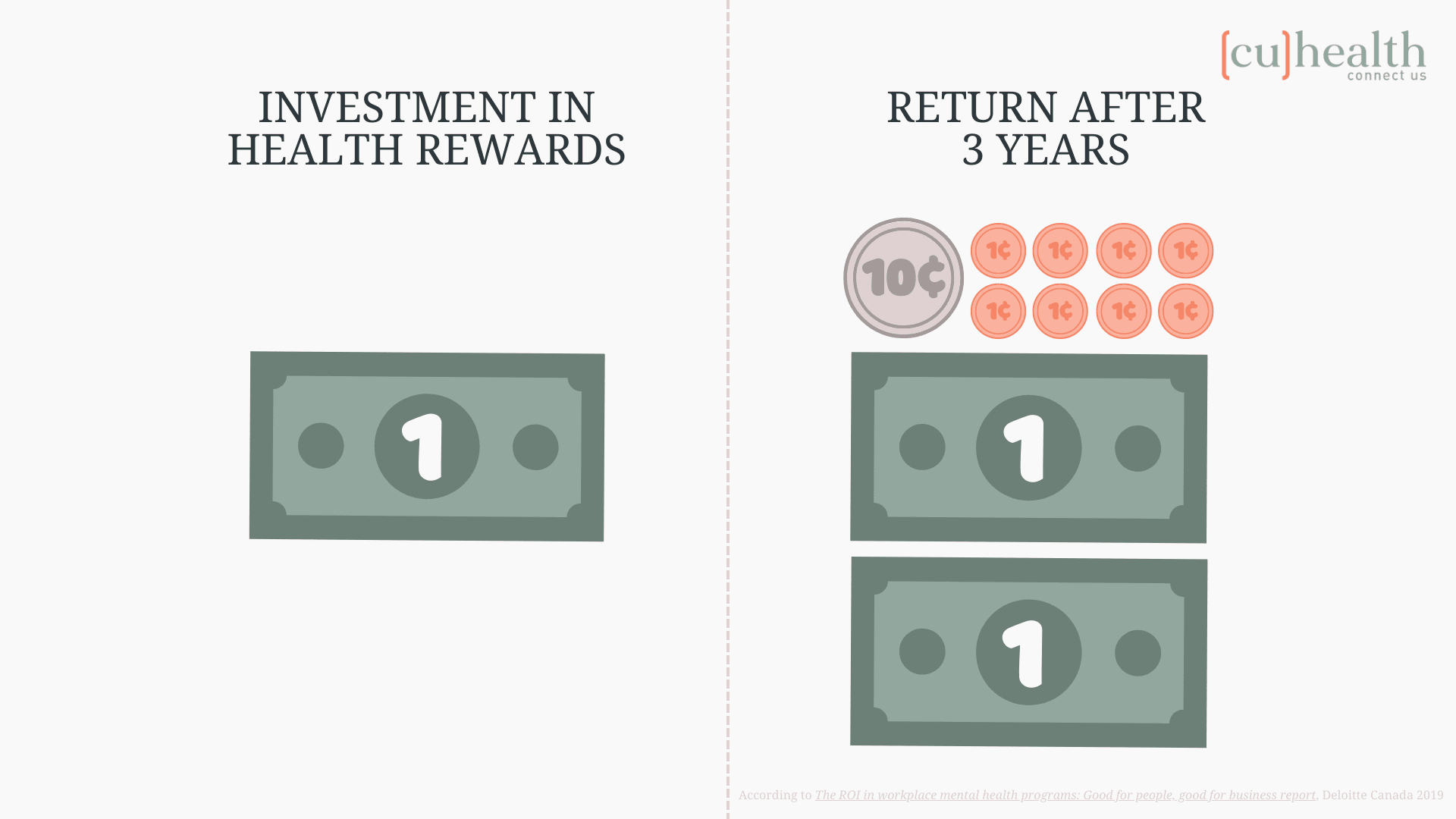Determining the real ROI on employee rewards
There’s no question employee benefits can cost a lot of money. One analysis by the US Bureau of Labor Statistics showed the average company spends more than $10 an hour on employee benefits. For a full-time employee that shakes out at well over $20,000 a year! In a historically tight labour market, it has never been more important to make that investment count.
The problem is, ROI on most employee rewards are perceived as kind of squishy. There is so little analysable data available that can tell you if Pete left because he was excited about your competitor’s on-site gym or if he stayed for the free snacks in the break room. But the data does exist to help you make informed decisions about what investments will really be worth the outlay.
And the trend in employee rewards over the last 15 years has taken some more creative twists and turns. Google and other tech giants set the pace, introducing more unusual, flashy items in a bid to attract the best talent. Work on a bean bag! Air hockey! Taco Tuesdays! These kinds of rewards were surprising, attention-grabbing and new. But over time – and particularly in the wake of the work/life cultural shift wrought by the pandemic – employees have grown less interested in sizzle and more compelled by substance.
Research by Seek shows the things people are looking for most in work benefits are things like flexible work arrangements, additional leave benefits, and health and wellness support.
When you think about wellness programs a lot of your return can be calculated through things like reduction in sick days and increased productivity. The employee who can access their specialist appointment on time can better manage her chronic ailment; the employee who can stay on top of his physio needs can avoid the tension headaches he sometimes gets. In fact, research shows that employees who avoid or delay treatment when they need it ends up incurring 70% more sick days than employees who are cared for in a timely manner.
Additionally, a recent study by Deloitte Canada found that mental health programs deliver a 162% ROI on every dollar invested after one year and a whopping 218% when those programs were in place for over three years.
Other research has shown that investing in employee sponsored health programs, in general, delivers an average of $1.47 ROI for every dollar spent. Investing in health is not only a feel-good thing to do but also demonstrably good for the bottom line.
If you would like to explore further how your organisation can invest in wellbeing, reach out to one of our experts here.





